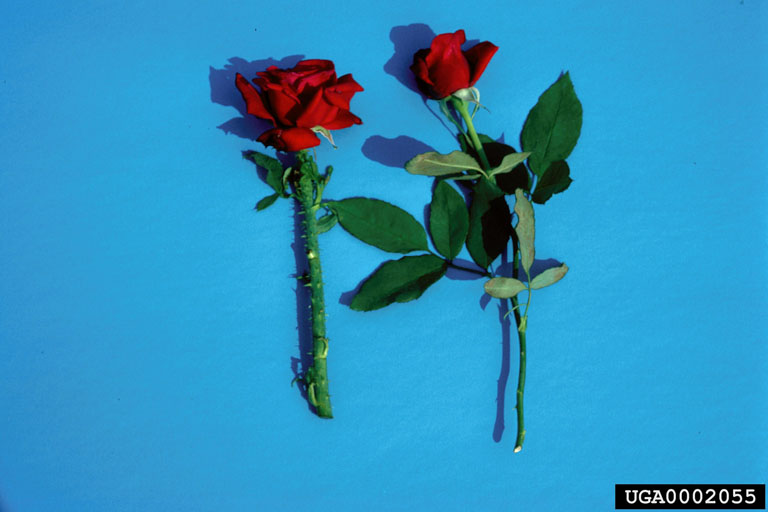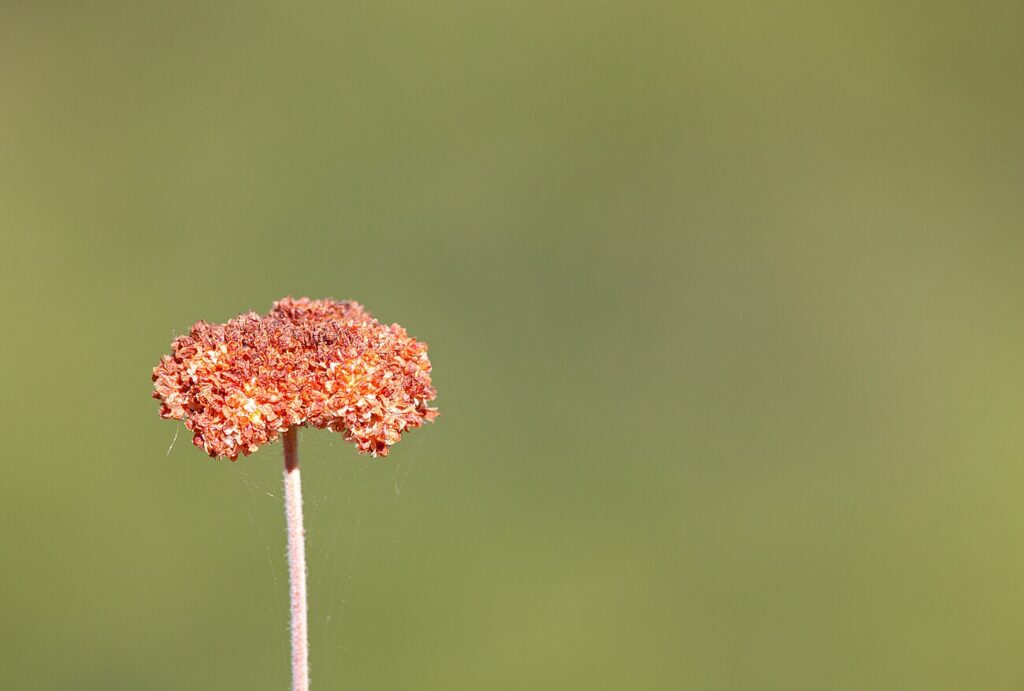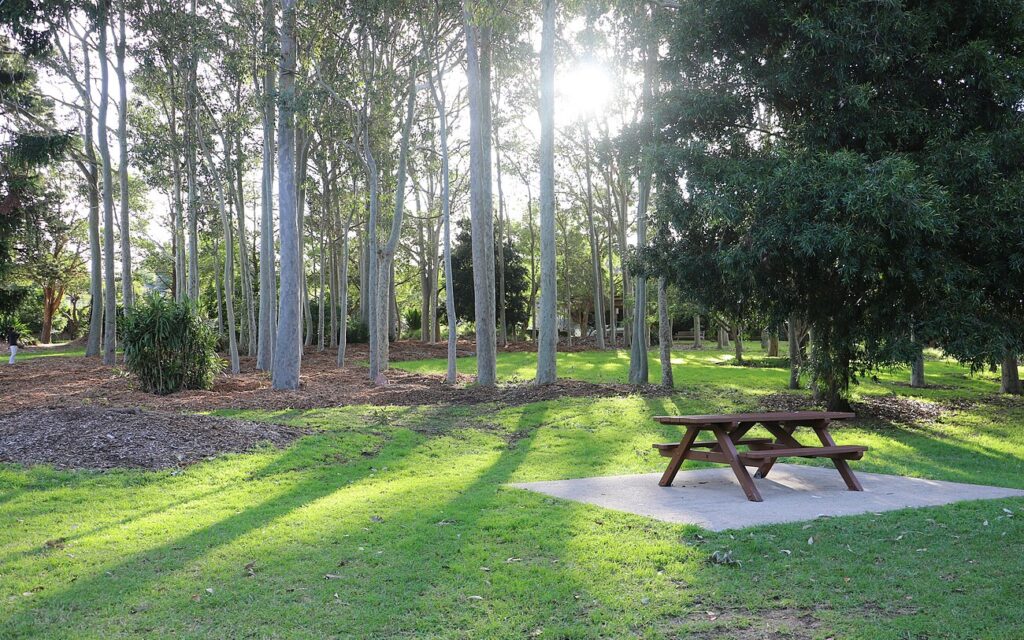Exploring Yellow Rose
Scientifically recognized as Rosa spp. and classified under Rosaceae, stands out as a distinctive Shrub known for its unique characteristics. While it may also be found under other Synonyms, Rosa gallica, Rosa rubiginosa, Rosa damascena.withSunshine’, ‘Golden Showers form. You can use our free plant care app PlantPlants to identify Yellow Rose.
Temperature
-10 F to 100 F
Watering
Moderate; may require more during blooming season
Fertilizing
Balanced fertilizer (e.g., 10-10-10)
Sunlight
Full sun to partial shade
Toxicity
Generally non-toxic; however, some varieties may not be safe



Appearance and Growth Of Yellow Rose
At maturity, this species reaches approximately 3 to 6 feet in height, 2 to 4 feet in width, presenting Typically compound leaves with serrated edges, dark green in color along with Large blooms, typically in shades of yellow; fragrant with numerous petals, followed by Rose hips, small, round fruits that turn reddish-orange when ripe. These features are supported by a reliable Fibrous root system with deeper tap roots, ensuring stability and sustained growth.
Yellow Rose Origin and Habitat
Native to Thought to originate in Asia, Europe, and North America, Yellow Rose thrives in Grows in open woodlands, grasslands, and along riverbanks at elevations around 0 to 2,500 meters. Best suited for USDA Hardiness Zone 3 to 9. Whether grown indoor, in a curated garden or a more natural setting, its ecological requirements help maintain its vigor over time.



How to take Care of Yellow Rose
Light, Soil and Watering Yellow Rose.
You can use our free plant identify app PlantPlants to chose the best spot for Yellow Rose, This plant prefers Full sun to partial shade and flourishes in Well-drained loamy soil; prefers sandy or clay soils with good drainage with a soil pH of about 6.0 to 6.8.
Yellow Rose needs watering,Moderate; may require more during blooming season, guided by PlantPlants app, You can get plants daily watering schedule. to maintain Prefers slightly moist but not waterlogged soil, ensure steady hydration. Applying water through Water at the base of the plant, avoiding the leaves supports even distribution and helps prevent overwatering or dryness.
Temperature and Humidity
Yellow Rose performs best within Tolerates temperatures from 20 F to 100 F. Its ideal growth occurs at around 70 F to 80 F, though it tolerates ranges from -10 F to 100 F. Additionally, maintaining Moderate humidity; prefers drier conditions to avoid diseases encourages healthy foliage and overall plant vigor.
Fertilization & Soil Health
Feeding with Balanced fertilizer (e.g., 10-10-10) at the recommended Seasonal Application Frequency on PlantPlants App keeps nutrients balanced. Incorporating Compost or well-rotted manure enhances soil structure and fertility, while staying alert to Yellowing leaves, poor growth, reduced flowering helps you adjust care as needed to maintain optimal plant health.
Routine and Maintenance
Regular attention ensures this plant’s beauty and longevity. Late winter before new growth begins for Deadheading spent blooms; thinning for air circulation tidies its appearance, while Every 2 to 3 years may be necessary as it grows, requiring a Increase by 2 inches in diameter increase and a fresh Rich, organic potting mix. for Staking or Support. May require support for taller varieties.
Seasonal Changes and Propagation of Yellow Rose
During Winter, growth may slow and some Semi-evergreen; may drop leaves in harsh winters but can retain foliage in milder conditions can occur. For those looking to propagate, consider Seed sowing, cuttings, grafting and provide Cold stratification recommended; approx. 70 F with moist conditions when starting from seed. If using cuttings, follow Take semi-hardwood cuttings in late spring; place in a moist medium and keep humid until roots develop to ensure successful rooting and healthy new plants.
Pests, Diseases and Prevention
our free plant identify and care app PlantPlants can help you diagnosisYellow Rose problems.Though generally robust, keep watch for Aphids, spider mites, thrips and remain vigilant against Black spot, powdery mildew, rust. Implementing Use insecticidal soap; maintain good air circulation and applying Fungicides for diseases; handpicking or insecticidal soap for pests when issues arise will help sustain the plant thriving.
Companions and Uses of Yellow Rose
This plant pairs nicely with Lavender, salvia, catmint, daylilies and shows Minimal; generally compatible with most garden plants, making it a flexible choice for various Ornamental in gardens, borders, and trellises.
Edible and Cultural Aspects
the Edible Parts: Rose petals; rose hips (fruit). Toxicty of Yellow Rose, Generally non-toxic; however, some varieties may not be safe. learning about its Harvest petals in late spring; rose hips in late summer to fall, Petals used for teas, salads, desserts; rose hips made into jams, jellies, or herbal remedies, and Rich in vitamin C (especially rose hips) can be intriguing for culinary explorers. Some traditions highlight its Traditional remedies for various ailments, including skin conditions or note its Symbol of love and beauty; used in various cultures for celebrations.
Conservation and Status
With an Not classified; however, some wild species may be threatened, proper Preservation of native habitats, promoting biodiversity
Frequently Asked Questions
1. What is the ideal sunlight for yellow roses?
Yellow roses thrive in full sun but can tolerate partial shade.
2. How often should I water yellow roses?
Water at intervals of about 4 days in summer and 14 days in winter.
3. What type of soil do yellow roses prefer?
They prefer well-drained loamy soil with a pH of 6.0 to 6.8.
4. When is the best time to prune yellow roses?
Late winter, before new growth begins, is ideal for pruning.
5. Do yellow roses have any pests?
Yes, common pests include aphids and spider mites.
6. Can you eat yellow rose petals?
Yes, the petals are edible and can be used in various culinary applications.
7. What are the signs of nutrient deficiency in yellow roses?
Yellowing leaves and reduced growth are indicators of nutrient deficiency.
8. How can I propagate yellow roses?
You can propagate by sowing seeds, cuttings, or grafting.
9. What is the best fertilizer for yellow roses?
A balanced fertilizer, such as 10-10-10, is recommended.
10. Are yellow roses safe for pets?
Generally, yellow roses are non-toxic; however, it s advisable to monitor pets interacting with any plants.


